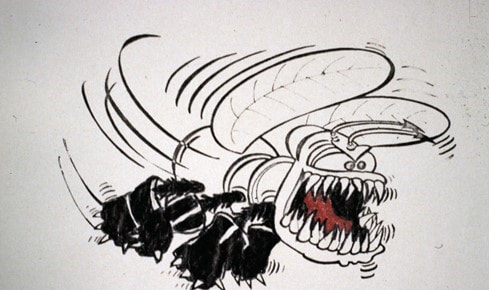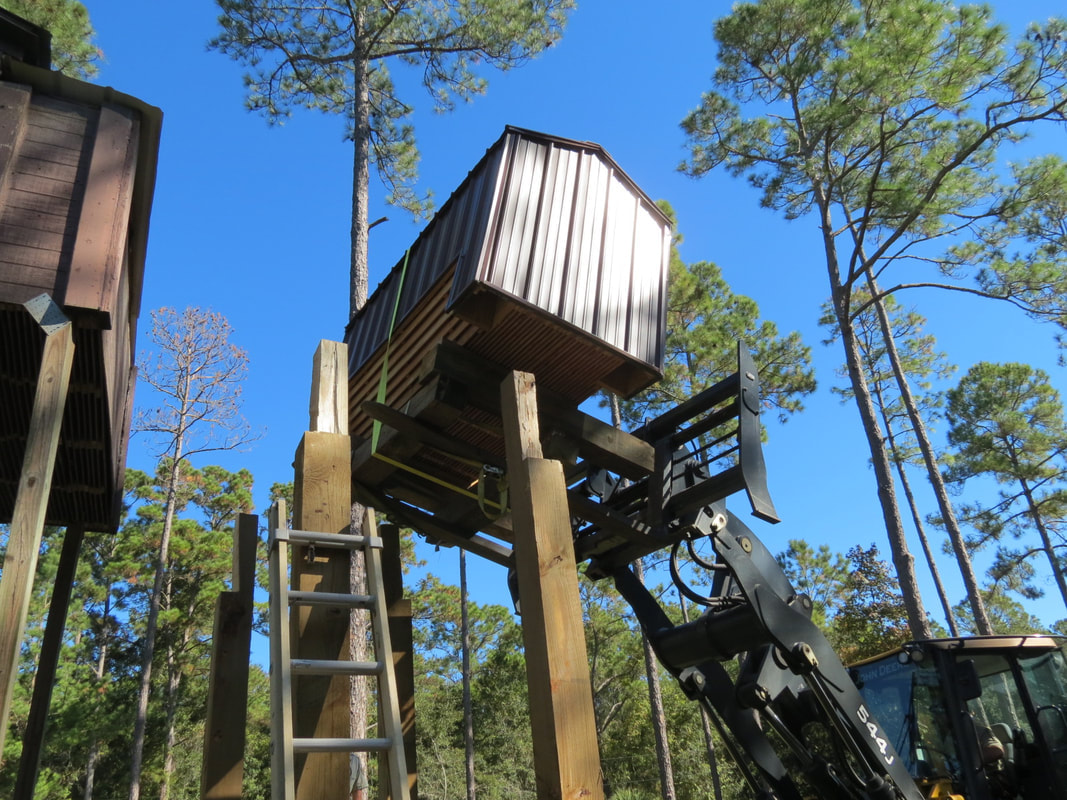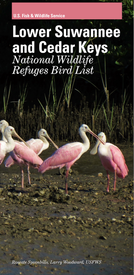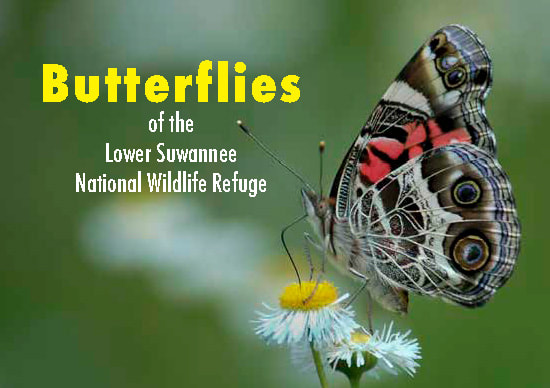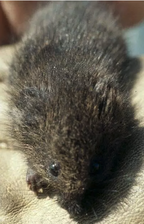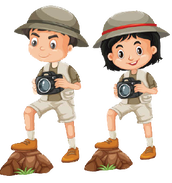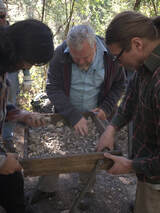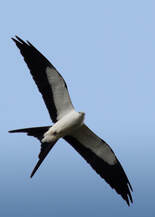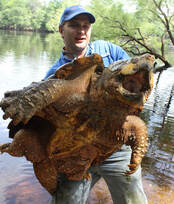Wildlife
It's the reason the refuges exist
255 species of birds
94 species of butterflies
130+ kinds of trees
Untold numbers of other animals and plants
94 species of butterflies
130+ kinds of trees
Untold numbers of other animals and plants
Spectacular vistas, gorgeous sunsets, serene backwaters, unrivaled hunting and fishing, abundant clean water, miles of alluring trails, scenic drives, endless paddling opportunities, a way to reconnect with vanishing nature, and a respite from the sounds, sights, and pressures of everyday life—these are all things that the Lower Suwannee and Cedar Keys National Wildlife Refuges offer to the citizens of our nation. These benefits begin and end with the core mission and goal of our refuges, which is protecting and enhancing native wildlife populations.
The refuges exist for the wildlife, and without our wild species we would not enjoy the other benefits the refuges provide to us. The vast unspoiled landscapes of the lower Suwannee and Cedar Keys region that attract hunters, fishers, boaters, photographers, birdwatchers, butterfly enthusiasts, and naturalists exist because they are essential for wildlife. The 255 species of birds, 90 species of butterflies, up to 130 kinds of trees, and untold numbers of other varieties of animals and plants encountered are national treasures that our refuges hold in trust for the American people. And while focusing on the needs of wildlife, the refuges offer beauty, recreation, and the chance to get closer nature for all who visit them.
The refuges exist for the wildlife, and without our wild species we would not enjoy the other benefits the refuges provide to us. The vast unspoiled landscapes of the lower Suwannee and Cedar Keys region that attract hunters, fishers, boaters, photographers, birdwatchers, butterfly enthusiasts, and naturalists exist because they are essential for wildlife. The 255 species of birds, 90 species of butterflies, up to 130 kinds of trees, and untold numbers of other varieties of animals and plants encountered are national treasures that our refuges hold in trust for the American people. And while focusing on the needs of wildlife, the refuges offer beauty, recreation, and the chance to get closer nature for all who visit them.
|
Biting Arthropods of the Lower Suwannee NWR
Wonder what's biting you? Read the fascinating stories of the insects you are likely to encounter in the Lower Suwannee National Wildlife Refuge. |
|
Bats of the Refuge
The bat house off Headquarters Drive (NW 31st Place, Chiefland, 32626) is home to approximately 30,000 bats. Most evenings they put on a spectacular show as they emerge to eat some of the biting insects you learned about in our Arthropod series. |
|
Bird List for the Lower Suwannee and Cedar Keys NWRs
A guide and life list for birds in the area. |
|
Butterflies
94 species of butterflies have been verified on the Refuge. Lots of butterflies indicate a healthy ecosystem. Learn more... |
|
Florida Salt March Vole
Only found in the Lower Suwannee National Wildlife Refuge and near Cedar Key, this small rodent is endangered. |
iNaturalist on the Lower Suwannee and Cedar Keys NWRs
Be a citizen scientist. Download the app and expand our growing database!
Be a citizen scientist. Download the app and expand our growing database!
|
Junior Ranger Activities
Not just for kids, adults enjoy these Refuge-centered activities and can earn a badge too. |
|
Shell Mound Archaeological Trail
Many generations celebrated and feasted at Shell Mound on the solstices. Learn about this impressive civic-ceremonial site by walking the 1/2 mile interpretive trail. |
|
Swallow-tailed Kite Tracking
Learn more about the Avian Research and Conservation Institute (ARCI) ongoing project tracking Swallow-tailed Kites based on the Refuge and learn about their migration patterns. |
|
The Suwannee River Alligator Snapping Turtle (Macrochelys suwanniensis) is a distinct species of alligator snappers, recently identified by former board member Travis Thomas, and endemic to the Suwannee river basin. The term endemic refers to a species that is only found in one isolated location.
We reported on Travis' 2016 talk in our blog. |

Friends of the Lower Suwannee & Cedar Keys National Wildlife Refuges
P. O. Box 532 Cedar Key, FL 32625 [email protected] We are a 501(c)(3) nonprofit organization. |
|
